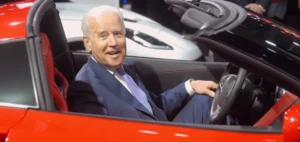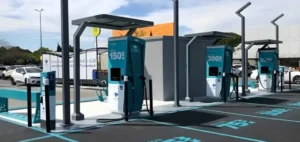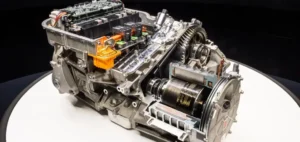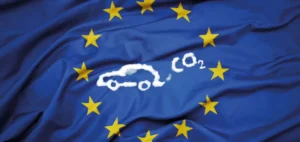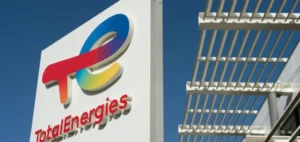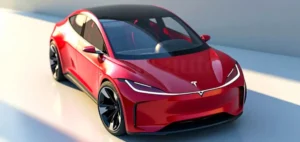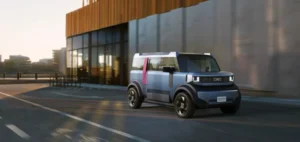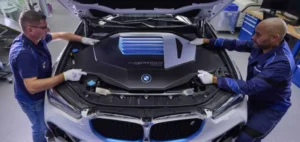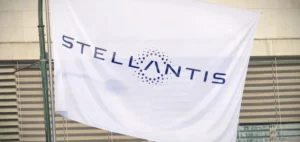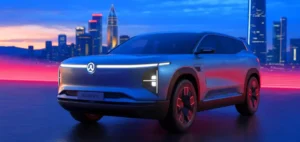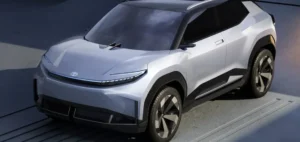Is the Japanese automotive industry starting to look like a colossus with feet of clay? While still very powerful worldwide, it is lagging behind in the growing electric segment: an accepted choice, but one that is risky for the future.
Toyota certainly remained the world’s number one car maker for the third year in a row in 2022. And four of its compatriots (Honda, Nissan, Suzuki and Mazda) are also among the world’s top 20 manufacturers in terms of sales volume. But when it comes to global 100% electric sales, the picture is radically different.
No Japanese group appears in the top 20 of this segment in 2022, dominated by the American Tesla and in which more and more Chinese manufacturers such as BYD shine, according to a ranking established by the research firm Inovev. Most Japanese manufacturers have preferred to rely heavily on hybrid vehicles over the past two decades – a segment in which Toyota was the pioneer and remains the world champion – and have only very recently begun to seriously consider electric vehicles.
Even though the European Union, the United Kingdom, and U.S. states such as California want only zero-emission cars from 2035, Japan continues to hope that hybrids (gasoline-electric) will remain a preferred solution elsewhere in the world, alongside electric. This position is often accused abroad of being too unambitious in view of the climate emergency and the radical shift to electric vehicles by other manufacturers, but is considered more realistic by the Japanese automotive industry and the Japanese government.
A vital issue
“Hybrid technologies are accessible and offer significant savings (in CO2 emissions, editor’s note) compared to internal combustion engines,” pleads Kuniharu Tanabe, an official in charge of automotive strategy at Japan’s Ministry of Economy, Trade and Industry (Meti), interviewed by AFP.
While “electric vehicles are expensive and resources are limited,” he adds, referring in particular to the uncertainties about the evolution of the supply of lithium, an essential component of batteries, even if recycling technologies are improving. Mr. Tanabe thus considers the zero-emission policy finally approved by the European Union at the end of March to be “extreme”. While noting, not without some satisfaction, the exception provided at the last minute for synthetic fuels, technologies under development on which Japan is also working, he says.
Hybrids are “an excellent safety net” for Japanese automakers against the many risks associated with a 100% electric strategy. But “electric has to be the priority,” because its reign is inevitable in the long run with global warming, according to Christopher Richter, an automotive analyst with CLSA in Tokyo. If they are unable to “react quickly” to growing pro-electric regulations around the world, “some Japanese automakers could eventually disappear,” also warns analyst Koji Endo of SBI Securities.
This is a vital issue for Japan, where 8% of the country’s jobs and nearly 20% of its exports depend on its automotive industry.



